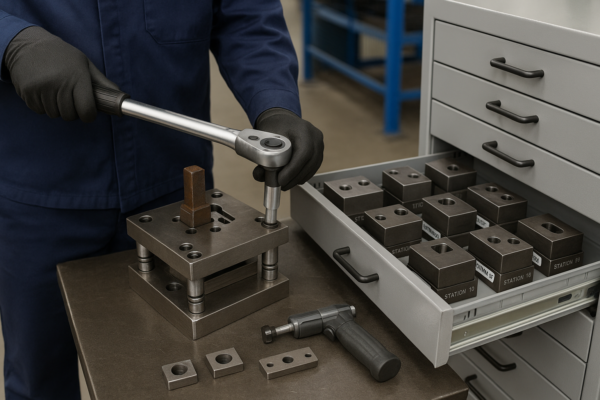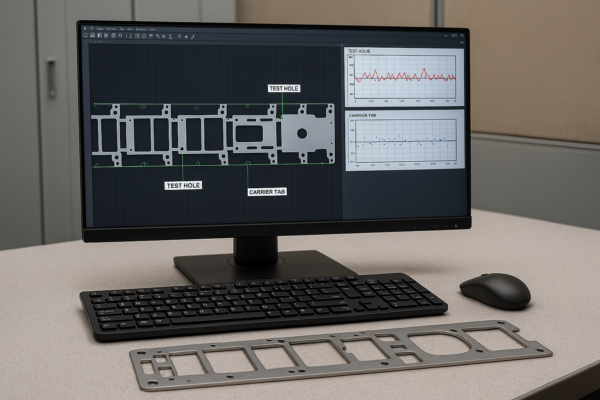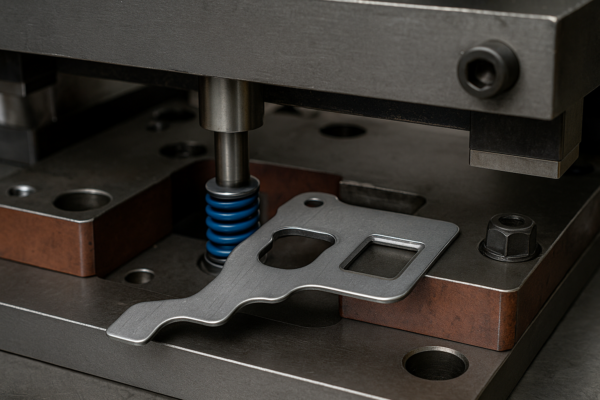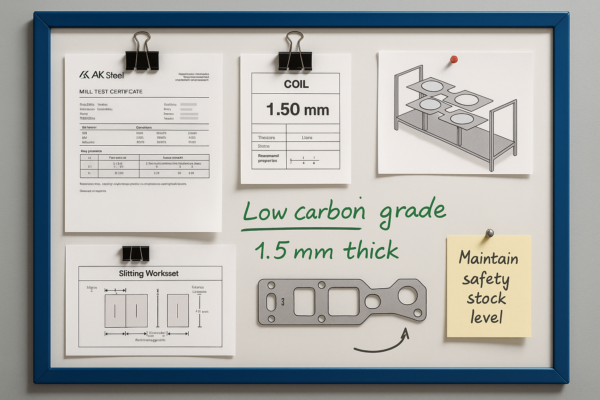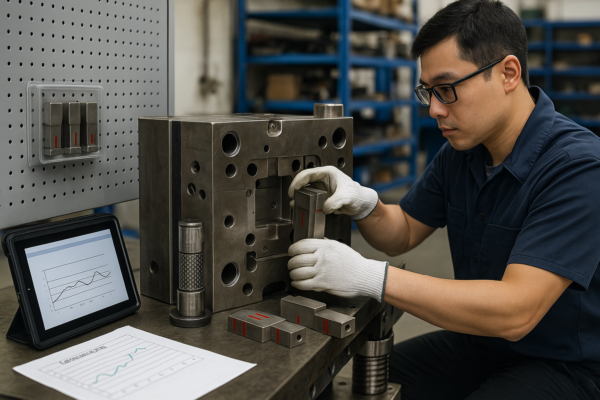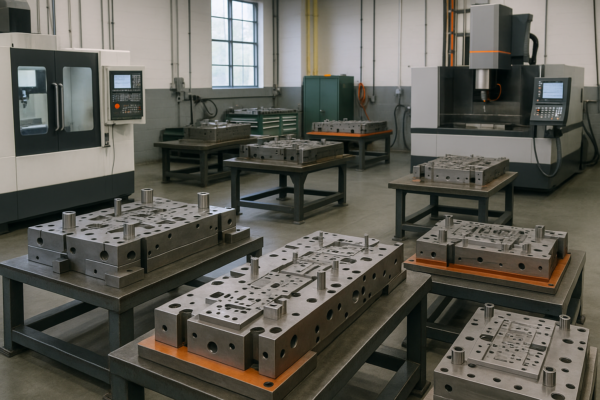Plastic Parts vs. Metal Parts: Which is Better for Your Project?
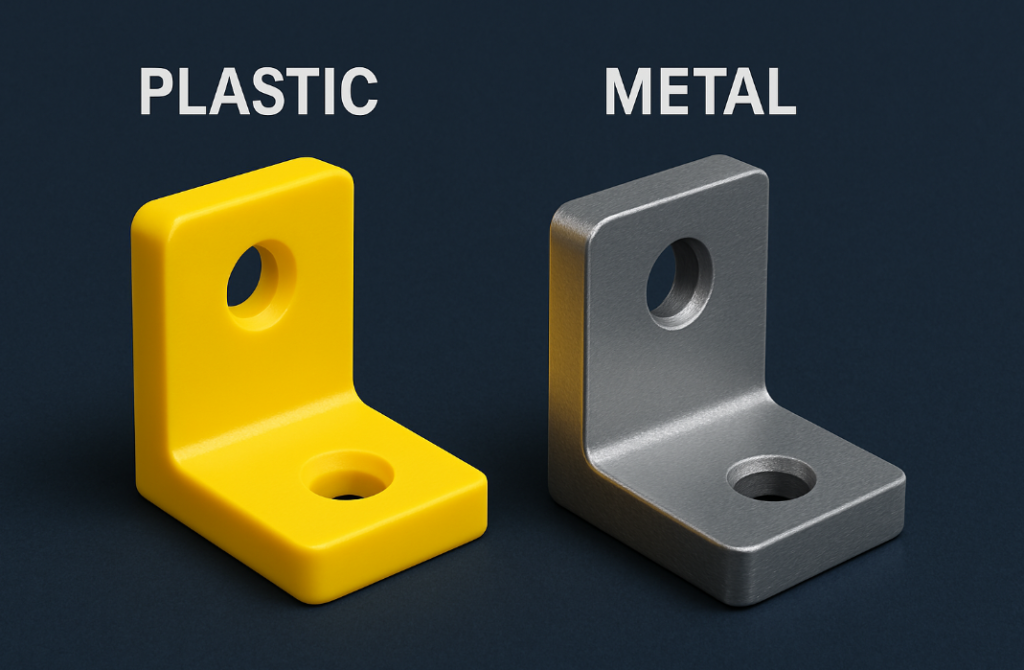
Choosing between plastic and metal parts involves weighing cost, durability, and manufacturing complexity. At Prime, we’ve helped over 800 clients optimize their material selection—here’s how to make the best choice for your project.
Plastic parts offer lightweight designs (30-80% lighter), lower tooling costs (40-60% cheaper molds), and electrical insulation, while metal provides superior strength (3-10X higher tensile strength), heat resistance (500°C+ for steel), and durability under heavy loads. The ideal choice depends on application-specific requirements.
Let’s break down the key differences with real manufacturing insights.
1. Cost Analysis: When Does Plastic Save More Than Metal?
Tooling and production economics vary drastically between materials.
**Our industrial cost benchmarks show:
- Injection molding setup costs $5,000–$50,000 (plastic)
- Metal stamping dies require $20,000–$200,000
- Per-part cost favors plastic below 10,000 units
- Metal becomes economical above 50,000 units
Plastic wins for prototypes/low runs, while metal excels in mass production.**
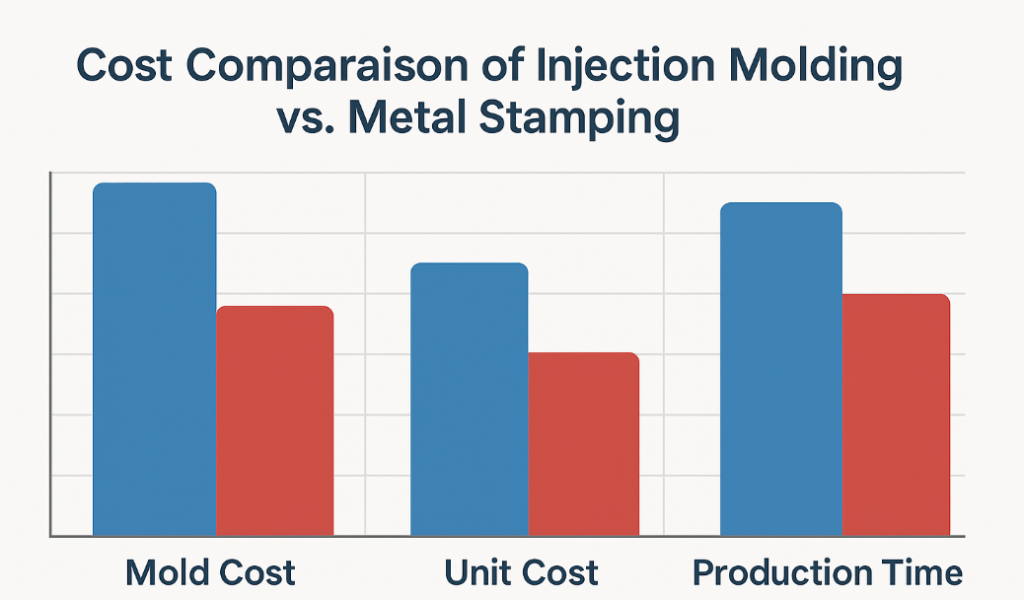
Breakdown of Cost Factors
| Cost Component | Plastic Parts | Metal Parts |
|---|---|---|
| Tooling Investment | $–$$$ | $$$–$$$$$ |
| Per-Unit Cost (10k pcs) | $0.50–$8 | $1.50–$20 |
| Lead Time (Weeks) | 2–5 | 4–10 |
| Secondary Operations | Minimal | Often needed |
2. Performance Showdown: Strength vs. Flexibility
Material properties dictate real-world functionality.
**Recent client case studies reveal:
- Nylon gears outperformed steel in wet environments (no rust)
- Aluminum brackets failed where glass-filled PEEK survived chemical exposure
- Steel remains unmatched for load-bearing structural parts (>500MPa yield)
Plastics now rival metals in wear resistance with advanced composites.**
Mechanical Property Comparison
| Property | Engineering Plastics | Aluminum | Steel |
|---|---|---|---|
| Tensile Strength | 50–200 MPa | 70–500 MPa | 300–2000 MPa |
| Heat Resistance | 80–300°C | 150–300°C | 500–1400°C |
| Weight (g/cm³) | 0.9–1.4 | 2.7 | 7.8 |
| Corrosion Resistance | ★★★★★ | ★★☆☆☆ | ★☆☆☆☆ |
3. Manufacturing Complexity: Which Offers More Design Freedom?
Plastics enable geometries impossible with metal.
**Our design team achieves:
- 0.2mm wall thicknesses in plastic (vs 1mm+ for metal)
- Living hinges and snap fits only possible with polymers
- Overmolding for hybrid metal-plastic assemblies
Metal allows precision machining to 0.005mm tolerances where plastics warp.**
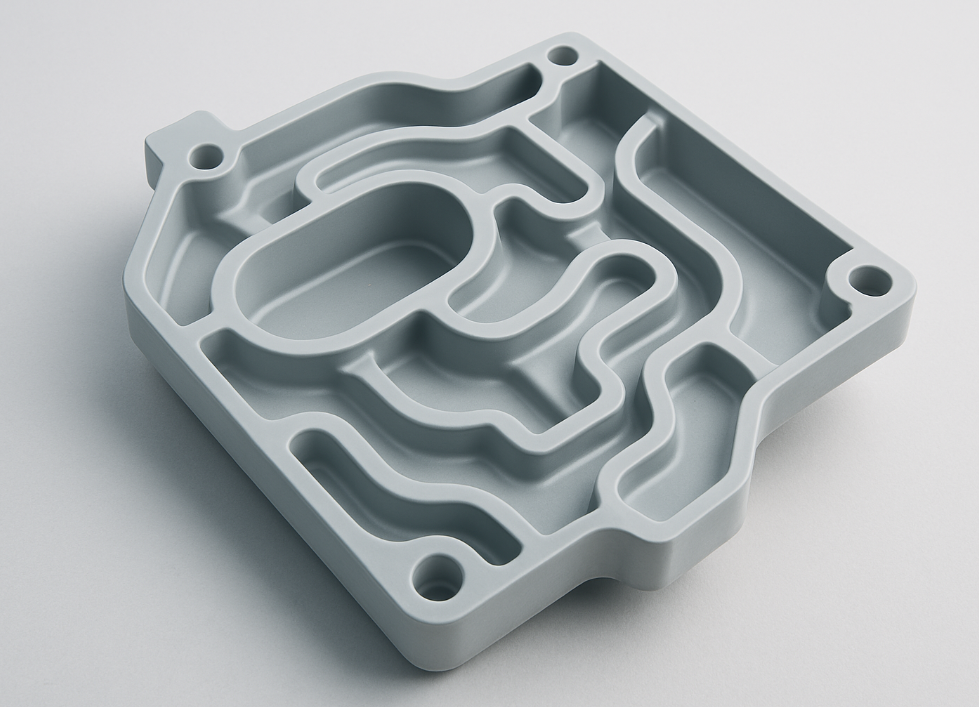
Design Capabilities Comparison
| Feature | Plastic Advantage | Metal Advantage |
|---|---|---|
| Undercuts | No extra cost | Requires EDM/special machining |
| Surface Finish | Mirror to textured options | Polished/anodized finishes |
| Assembly | Snap fits, ultrasonic welding | Threading, welding |
| Tolerances | ±0.1–0.5mm typical | ±0.005–0.02mm achievable |
4. Industry-Specific Solutions: What Are the Smart Choices?
Success stories from our global clients:
**Automotive:
- Plastic: Interior trim (40% weight savings)
- Metal: Engine components (heat resistance)
Medical:
- Plastic: Disposable housings (cost-effective sterility)
- Metal: Surgical tools (autoclavable durability)
Electronics:
- Plastic: Insulating housings (RF shielding options)
- Metal: Heat sinks (thermal conductivity)**
Material Recommendations by Application
| Industry | Best Plastic Choices | Best Metal Choices |
|---|---|---|
| Aerospace | PEEK, PEI | Titanium, Inconel |
| Consumer | ABS, PP | Zinc, Stainless Steel |
| Industrial | Nylon, UHMWPE | Carbon Steel, Brass |
Conclusion
Plastic excels in cost-sensitive, lightweight, and complex designs, while metal dominates high-strength and high-temperature applications. At Prime, we guide clients through hybrid solutions—combining plastic’s design freedom with metal’s structural integrity—for optimized performance. The right choice depends on your project’s budget, environment, and performance requirements.

